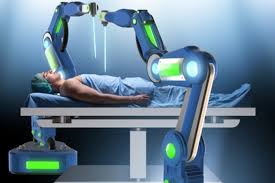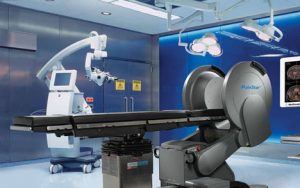A handful of dental procedures involve surgery. It is not a surprise for many people, especially those who may have undergone one of those procedures to address an oral health scare. The truth is various conditions require an oral surgery performed by an experienced and qualified Adelaide dental professional, and the reason why you are interested in this post is that you suspect you might have to undergo one of those procedures soon.
Here are the scenarios in which you may have to consult a dental professional for a potential surgical treatment:
1 – Impacted Wisdom Tooth
The third molars are the ones to develop last, and there is a possibility that the teeth could erupt and cause no harm to the patient. However, when the molars do not erupt, or they are misaligned, it will correspond to an impacted tooth between the jawbone and the gum. If you do not address the problem through surgery, there is a possibility that the surrounding teeth could get affected, too.
2 – Biopsies
Another surgical procedure you may undergo with the help of your dentist is when you continuously suffer from lesions on your mouth. The dental professional will need to perform a biopsy, the purpose of which is to determine signs of oral cancer. The procedure is not that invasive though and will only require the removal of a small piece of tissue, which in turn is used for laboratory analysis.
3 – Dental Implants
The primary objective of a dental implant procedure is to replace a missing tooth. It is characterised as a surgical procedure because a metal post is surgically implanted into the jawbone, thereby fusing it with the gum tissue and bone. The concept of dental implants is to come up with a strong foundation that will function as a realistic impression of a tooth. It also is a long-term solution.
4 – Jaw Alignment Surgery
 An Adelaide dental professional can also help patients with misaligned jaws. If you suffer from this condition, it means you are not only worried about your appearance but also the function of your mouth. Misaligned jaws lead to chewing difficulties, and surgery is the only solution to correct the issue.
An Adelaide dental professional can also help patients with misaligned jaws. If you suffer from this condition, it means you are not only worried about your appearance but also the function of your mouth. Misaligned jaws lead to chewing difficulties, and surgery is the only solution to correct the issue.
5 – Reconstructive Surgery
When you get injured due to an accident and your mouth and face incurred the most damage, you have no choice but to undergo reconstructive dental surgery to restore the function of your teeth, jawbone, and gums. Some of the most exceptional dental professionals out there are more than capable of transforming a damaged face and misaligned jaw due to a severe injury or trauma.
The good news for those who are apprehensive or afraid to visit a dentist for the possibility of surgery is that modern technology makes the procedures a lot quicker and painless compared to how they were several decades ago.


 deltoid initiate abduction and also aiding shoulder rotation along with the other three muscles in the rotator cuff. The challenge comes in isolating the muscle so that it may be strengthened as a part of rehabilitation or injury prevention.
deltoid initiate abduction and also aiding shoulder rotation along with the other three muscles in the rotator cuff. The challenge comes in isolating the muscle so that it may be strengthened as a part of rehabilitation or injury prevention.